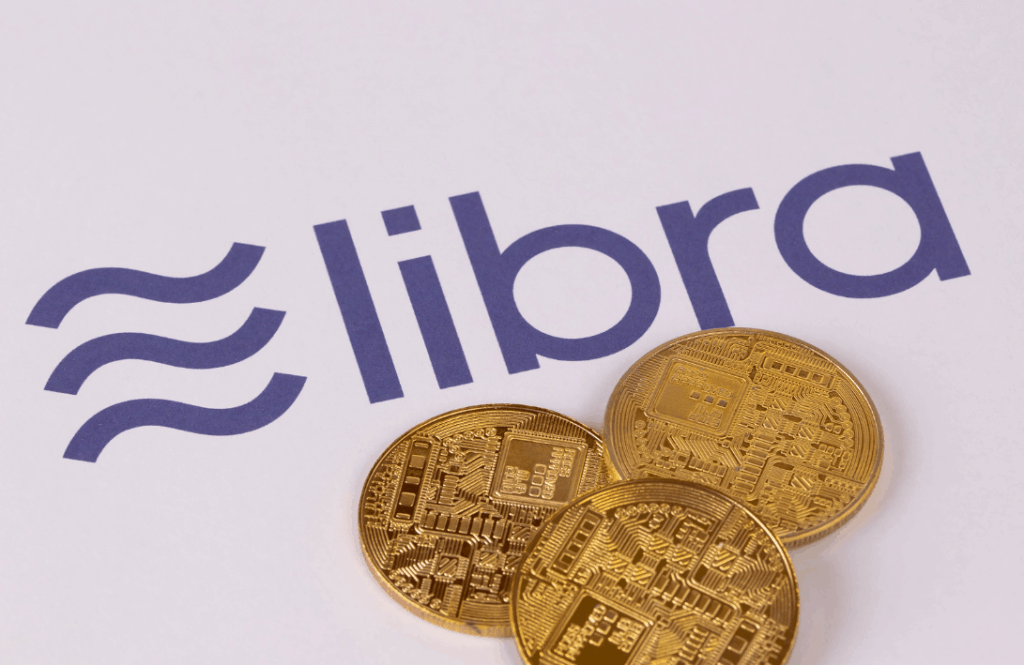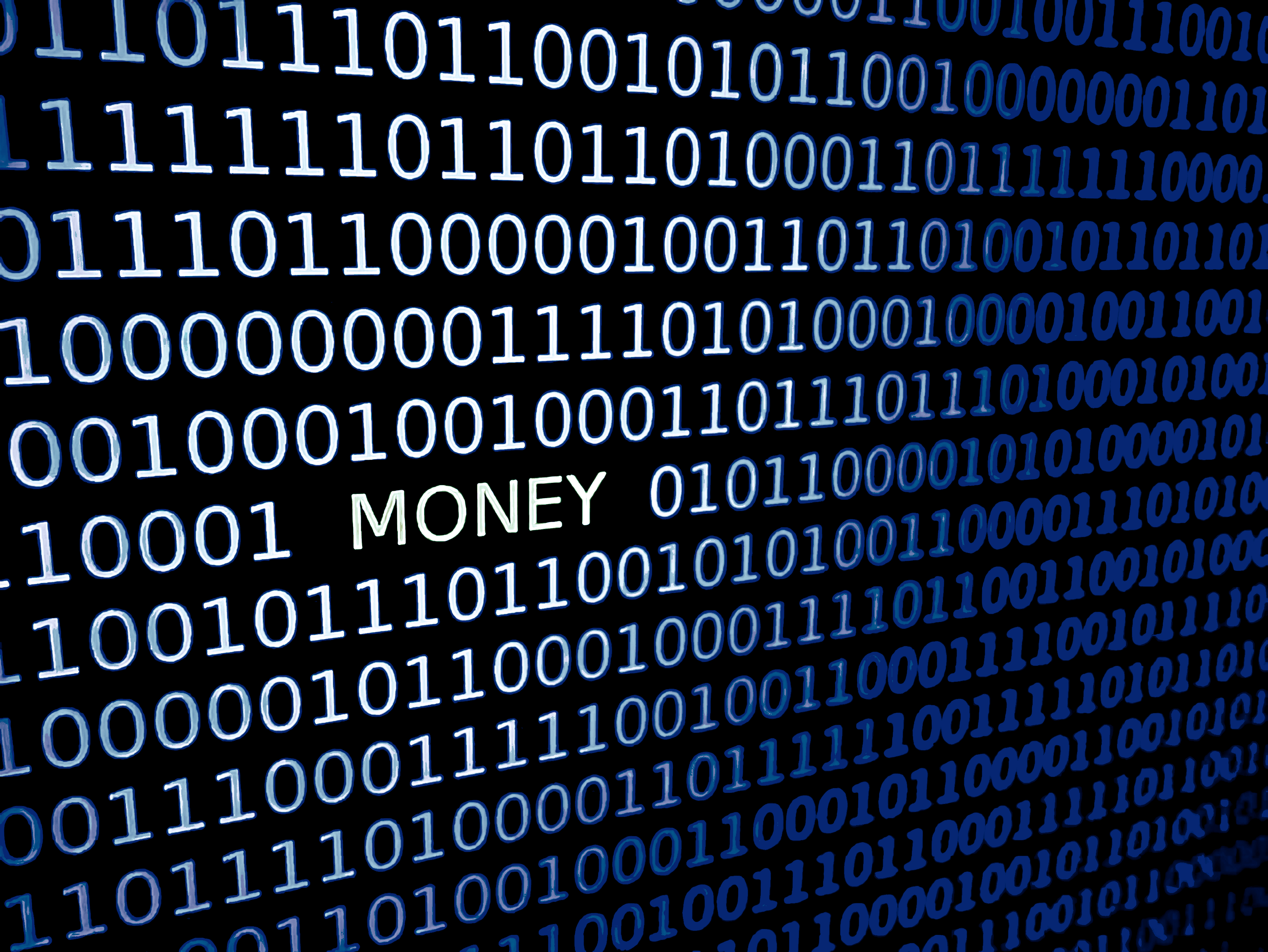Buried in the 1,000 page stimulus bill before the U.S. Congress is a provision to create a “digital dollar’” as a means to distribute government aid to people and businesses battered by the coronavirus.
The situation is fluid, and specifics about the bill are changing as multiple members of Congress present revised versions for review. However, as of March 25, provisions about a “digital dollar” as a potential vehicle of distribution are still in proposed legislation. Right now, the Senate is reviewing a separate bill that would create digital wallets that would support the use of digital dollars.
According to proposed legislation, a digital dollar is defined as “a balance expressed as a dollar value consisting of digital ledger entries that are recorded as liabilities in the accounts of any Federal Reserve bank; or an electronic unit of value, redeemable by an eligible financial institution.”
Rolling out the waves of the proposed $2 trillion stimulus — which would give up to $1,200 in direct payments to each adult and $500 per child — via a central bank digital currency (CBDC) would be much more efficient and faster than printing hundreds of millions of checks and having the postal service deliver them (not to mention much less risky during a pandemic). There’s also an issue of money supply and inflation, and digital currency could be a good counter against that, which is something Rabobank’s Michael Every brought up in an earlier interview with Forkast.News.

The idea of a “digital dollar” as a vehicle for distributing aid isn’t new. The Bank of England — which has other motives for digitizing currency — is a proponent of the idea as it would be a cash infusion without the interest. Digital currency effectively would be a new weapon in the arsenal of central bankers who are watching their money supply expand. “This could, theoretically, widen the policy options available and avoid the economic costs of having monetary policy hit the effective lower bound, potentially improving economic outcomes,” said the BoE in a policy paper.
A U.S. CBDC isn’t a cryptocurrency, but the industry can help
While critics say the infrastructure might not exist yet, in many ways it does. Any stablecoin, complete with its permissioned blockchain, has almost all of the components required for a CBDC. J.P. Morgan already has a proof of concept in the works.
As discussed before in Forkast.News’ coverage of the race to create CBDCs, one should not take this to mean that Central Banks are suddenly endorsing the idea of issuing cryptocurrencies. Rather, the technology would be a non-distributed digital ledger as opposed to the blockchain. That being said, given the similarities in the technology, the industry is poised and eager to help.
Perhaps serendipitously — or maybe even intentionally — former Coinbase Chief Legal Officer Brian P. Brooks — who has written about the need for a digital dollar — was recently appointed as the Chief Operating Officer of the Office of the Comptroller of the Currency (OCC).
Given the OCC’s mandate of bank supervision, particularly when it comes to the implementation of new products and policy, Brooks will have an important role in spearheading this effort integrating the private sector that builds the infrastructure with banks. Brooks’ expertise in the sector will also be valuable acting as a conduit between these two groups and legislators who perhaps will be unfamiliar or confused by the concept and taxonomy.
Benefits beyond stimulus: CBDCs in currency wars
Aside from the People’s Bank of China, the Bank of England has also been a proponent of issuing a CBDC. In August, BoE Governor Mark Carney argued for a CBDC that could replace the U.S. dollar as the global reserve currency. Having the U.S. CBDC to be the first one out of the gate would ensure that the U.S. financial hegemony is cemented.

The U.S. has taken note of this, along with Facebook’s Libra, and China’s digital currency electronic payment system. Facebook’s Libra, with its combined market cap similar to a G20 country, would be the first time a non-state actor had that much clout in the global economy. States are governed differently than corporations, and this mindset might disrupt the balance of power in the global financial markets. China’s press for an alternative means for settling transactions would also be considered a disruptive move. Although the USD is far from threatened, the United States is concerned that China’s sphere of influence might be on the rise if China can sell the RMB as a compelling alternative for settling transactions within its Belt and Road domain.
China and the U.S. aren’t the only ones in the race to digitize currency. If Binance is to be believed, it is currently working to create regional stablecoins on its Binance Chain, collateralized by local fiat currency, in what it calls “Project Venus” — all with the engagement of respective governments as stakeholders. This would allow for currency competition, as secondary regional currencies could have more clout as the USD would no longer be the default currency for international transactions.
See related article: Inside China’s vision to globalize its currency
Putting the Pieces Together
The need to rapidly and efficiently distribute stimulus to U.S. citizens may be the perfect pretext for developing a national CBDC. It won’t be a “Manhattan Project.” The concept is already under development by multiple stakeholders around the world, and pieces of the infrastructure already exist thanks to the work done by U.S. companies on developing stablecoins tied to fiat. Brooks, a big evangelist of the idea, has just been installed at a key regulatory office for currency and will begin his new role imminently. Benefits extend beyond stimulus, by providing means to effectively compete against Chinese challenges to U.S. currency hegemony.
Ultimately, both parties seem in some form of agreement that a stimulus payout to the people has to happen, and if the “digital dollar” idea is properly evangelized to lawmakers, there is a good chance that legislative approval is within reach.
With all the pieces now coming together, now may be the time for industry, regulatory stakeholders, and legislators to come together and work on making digital dollars a reality.




